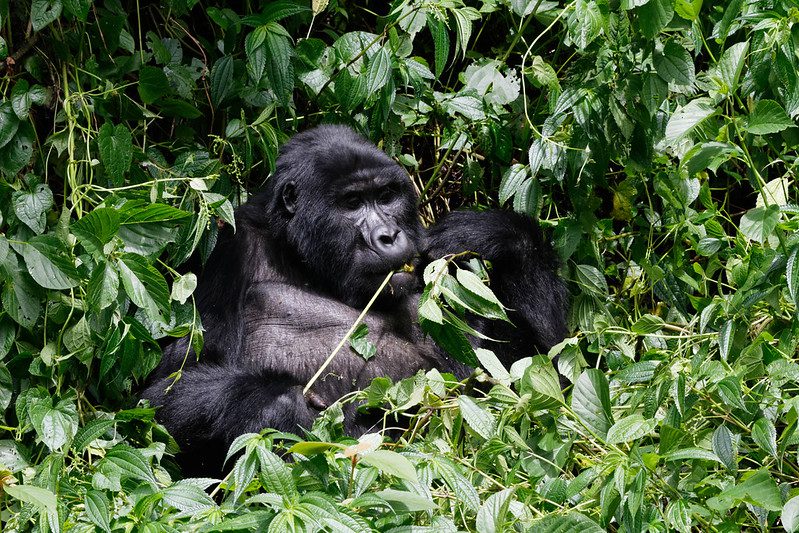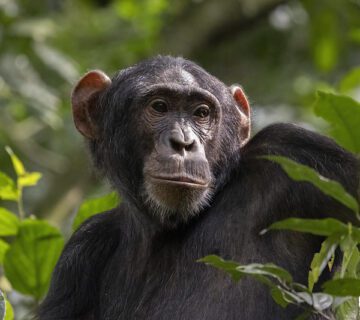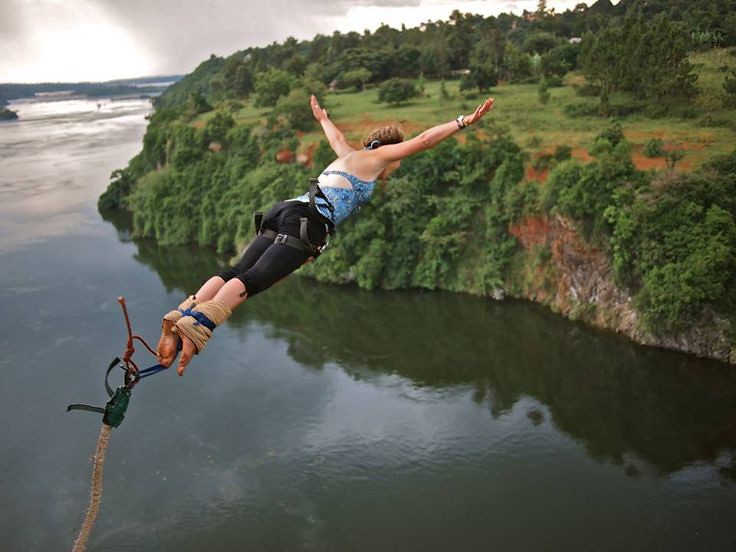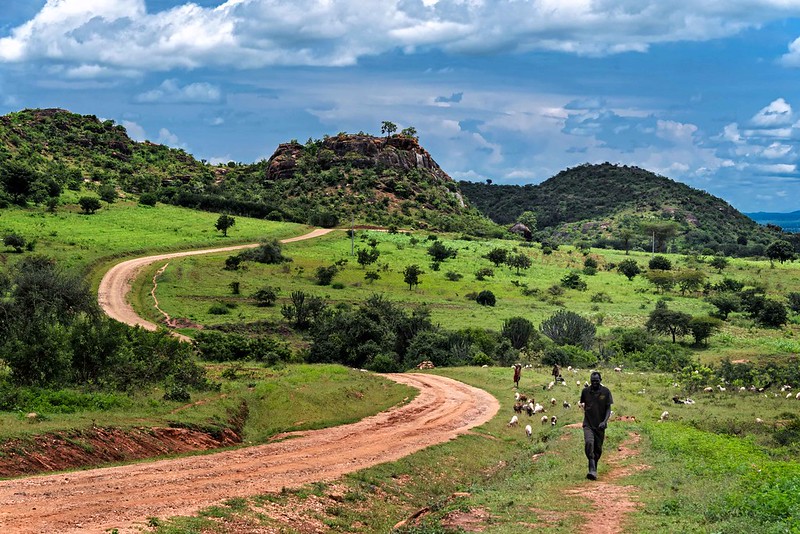Mountain gorillas have long been seen as one of the most essential animal sights on an African safari. Thousands of visitors come from all over the world to search for this hidden treasure, which can only be found in East and Central Africa’s dense, humid, and mountainous forests of Bwindi Impenetrable National Park, Mgahinga Gorilla National Park, Volcanoes National Park, and Virunga National Parks. Mountain gorillas, like many other wild animals, are inherently afraid of people and will flee or become hostile if confronted.
Mountain Gorilla habituation is the process of acclimating these kind and charming creatures to humans and teaching them to regard us as any other harmless thing in their surroundings. The habituation process for gorillas normally takes two to three years, but it can go up to five years. During the habituation stage, gorilla members are also given names. A group of trackers, guides, and researchers approach a gorilla family in a non-threatening manner with the goal of determining the best technique to interact with the gorillas.
This is perilous, however, because gorillas, particularly the dominant silverback, would want to assert their authority, and some level of aggression should be expected. The key to gorilla habituation is to get the approval of the dominant male; if this is accomplished, closeness to the group might follow. After the gorilla group has finished the habituation procedure, they are examined before being opened to tourists.
The background of gorilla habituation experience
The gorilla habituation process began in central Africa in the 1960s, spearheaded by Dr. Dian Fossey, who pioneered the gorilla habituation process alongside tracking, identification, range mapping, and other research activities that are still being implemented by gorilla conservation authorities today. Gorilla habituation is a crucial tool for gorilla conservation programmes and research because it provides for simple monitoring of gorilla families’ security, health, population trends, social behaviour, and eating patterns.
It is also feasible to quantify the money contributed to local communities, governments, and companies, particularly tourism-related industries, using gorilla habituation. Gorilla habituation is risky and time-consuming. As a result of regular interaction with humans, gorillas are exposed to hazards like sickness. Furthermore, for habituation to be considered effective, a significant amount of time must be set aside.
Mountain gorilla conservation and habituation in Uganda began in the early 1990s when Bwindi Impenetrable National Park was established in 1991. This resulted in a three-phase habituation process, the first of which involved three guerrilla organisations: the Katendegyere and Mubare groups in the Buhoma sector, and the Kyagulilo Group in the Ruhiji region of Bwindi. In 1993, the first two groups became available for tourism activity.
However, the Katendegyere group, which had 11 members (down from 3 in 1998), crossed into the Democratic Republic of Congo in the Sarambwe Game Reserve, while the Mubare group, which was led by Ruhondeza, who died in 2012, now has 12 members following a series of changes. The Kyaguliro, a group that was the target of a poaching incident and lost four members, now has 18 members due to fresh births.
Gorilla habituation experience
You will have more time to learn about their way of life, take more photographs, observe them interact, feed, make nests, and groom themselves during the gorilla habituation process. You will also learn about the roles that each member of the family plays. The gorilla habituation experience, including park admission, costs US $1500, which is significantly less than the US $700 spent for 1-hour gorilla trekking. The Uganda Wildlife Authority has designated two gorilla families in the Rushaga and Nkuringo districts of Bwindi for habituation in 2018–2019.
The Bikyinji family, which has 22 members, is located in the Rushaga part of the park, as is the Bushaho family, which is separated from the Nkuringo family. This group is commanded by a dominating silverback named Bahati (after the location where the group was originally spotted), who commands three adult females: an infant, a juvenile, a subadult, and a blackback.
What happens during the gorilla habituation procedure?
Visitors scheduled for gorilla habituation experience or process meet at the Bwindi Park headquarters in Rushaga at 7:30 a.m. for a briefing by authorities from the Uganda Wildlife Authority and the research team before the activity begins at 8:00 a.m. The gorilla habituation process requires a minimum of 15 years of age.
It is advised that anyone who intends to participate in the habituation process be physically strong enough to go to the steep and dense parts of the forests, as these powerful apes tend to travel too fast to reach the park’s terrain and places. The unwell gorillas are not permitted to participate in the gorilla habituation procedure. Human infections such as influenza pose a concern to mountain gorillas. When photographing mountain gorillas, avoid using flash cameras. Do not try to mimic or mock gorillas. To avoid provoking them, keep them at least 7 metres away.
The best time to go for gorilla habituation
The greatest time to see gorillas is generally during the peak seasons, which go from December to March and June to October. You can, however, visit during the low season in April, May, October, or November. However, these months are unfavourable because of severe rains, which make trekking difficult. Due to the strong demand from tourists for the gorilla habituation experience and the limited number of permits available each day, you should plan your trip at least 6 months in advance. Permits can be obtained from the Uganda Wildlife Authority or All in Africa Safaris. Booking tickets requires your passport details.
Long-sleeved shirts made of synthetic material that dries rapidly, gardening gloves, a shelter, long pants, a rain jacket, bottles of drinking water, hiking shoes, a camera, a walking stick, and, of course, bug repellents to protect you from mosquito bites would be included on packing lists and essentials. Pack some snacks or lunch because the habituation process normally takes the entire day. It’s also a good idea to employ porters who can help you carry large things and climb steep mountains.
How to Get to Rushaga Sector for Gorilla Adoption
Bwindi Impenetrable Forest National Park may be reached in three ways. One option is to travel from Kampala or Entebbe to the park, which takes around 10 hours. The quickest and most convenient option for tourists is a one-and-a-half-hour flight from Kajjansi flying school in Wakiso district along the Kampala/Entebbe route to Kisoro, followed by a 45-minute drive to your Rushaga lodge. A traveller might opt to come from Kigali to skip the long trek from Kampala/Entebbe and the pricey flight from Kajansi. Rushaga in Bwindi is only 4 hours away by car from Kigali.





